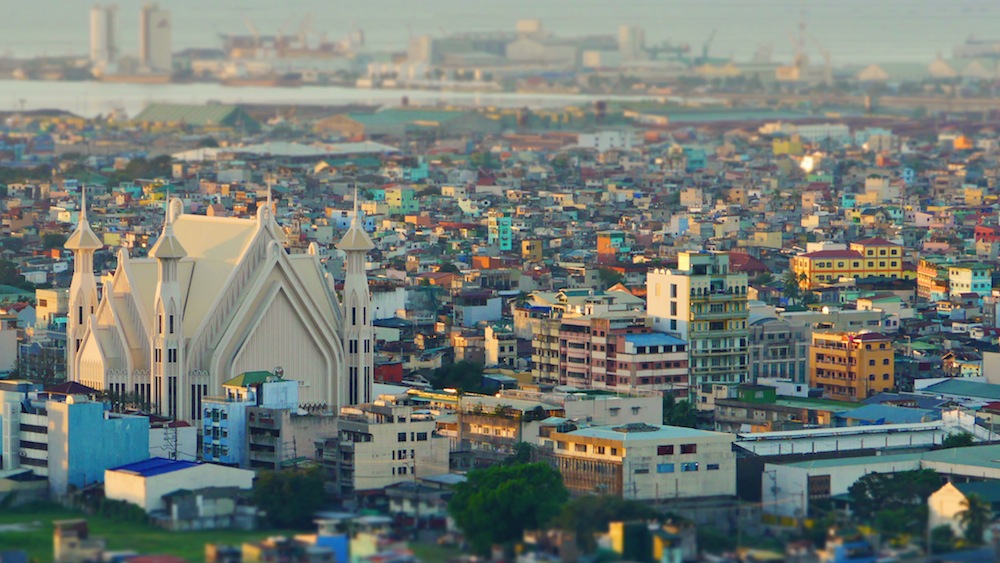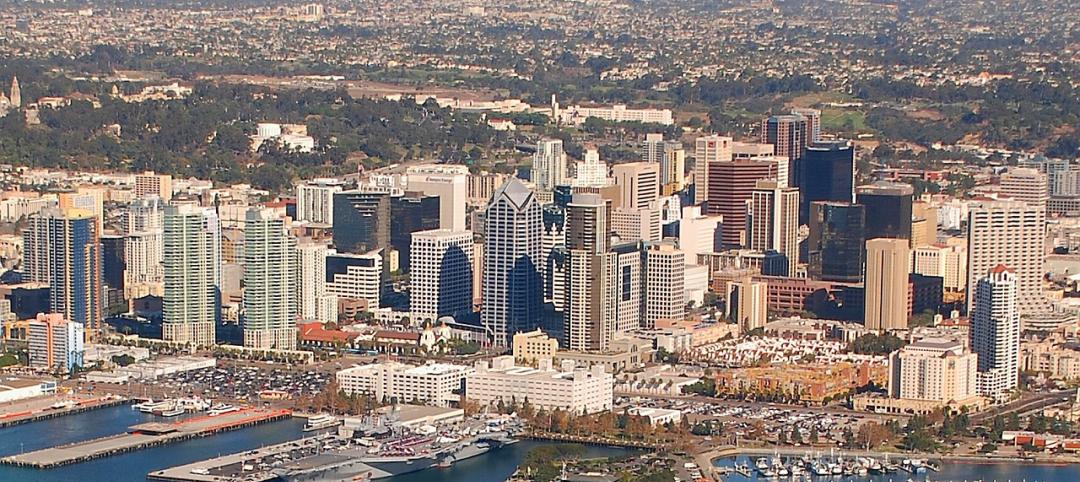Cities like Manila, Wuhan, and Dhaka are relatively unknown now, but that is soon changing.
CityLab examined a new report from the McKinsey Global Institute that identified 600 cities from across the world that will be responsible for 65% of global economic growth from 2010 through 2025. The growing cities could account for as much as $30 trillion a year.
Of the 600 cities, 440 of them, like the aforementioned ones in the Philippines, China, and Bangladesh, are in emerging economies. They will account for nearly half of the global GDP growth during that same time frame.
“One billion people will enter the global consuming class by 2025,” the summary of the report reads on McKinsey’s website. “They will have incomes high enough to classify them as significant consumers of goods and services, and around 600 million of them will live in the Emerging 440.”
The study notes that the earth’s center of economic gravity, calculated by weighing national GDP by each nation’s geographic center of gravity, was situated in central Asia through 1820 before shifting to the seas north of Europe over the last half century.
By 2025, however, the center of economic gravity will return to Asia, indicating that economic regions like China, South Asia, and Southeast Asia are on the rise.
The remaining 160 cities named in the report—developed metros like Tokyo, New York, and London—are projected to represent just 17% of growth between 2010 and 2025.
Related Stories
Urban Planning | Jan 19, 2016
Cities are booming, but do they have what it takes to sustain growth?
While cities are creating new jobs and attracting new residents, there are warning signs that suggest this current urban boom lacks the necessary sustainability that comes with focusing on the macro issues of community, affordibility, and displacement, writes Gensler’s Peter Weingarten.
Urban Planning | Jan 4, 2016
The next boomtown? Construction and redevelopment sizzle in San Diego
The city's emission-reduction plan could drive influx into downtown
Urban Planning | Dec 21, 2015
Addressing urban density with design
How does success in managing density begin? By being design friendly to everyone, writes Jessica K. Lucyshyn of GS&P.
Urban Planning | Dec 7, 2015
Handbook for design, construction, maintenance of permeable pavements released
Supports sustainable solution to stormwater and urban runoff.











